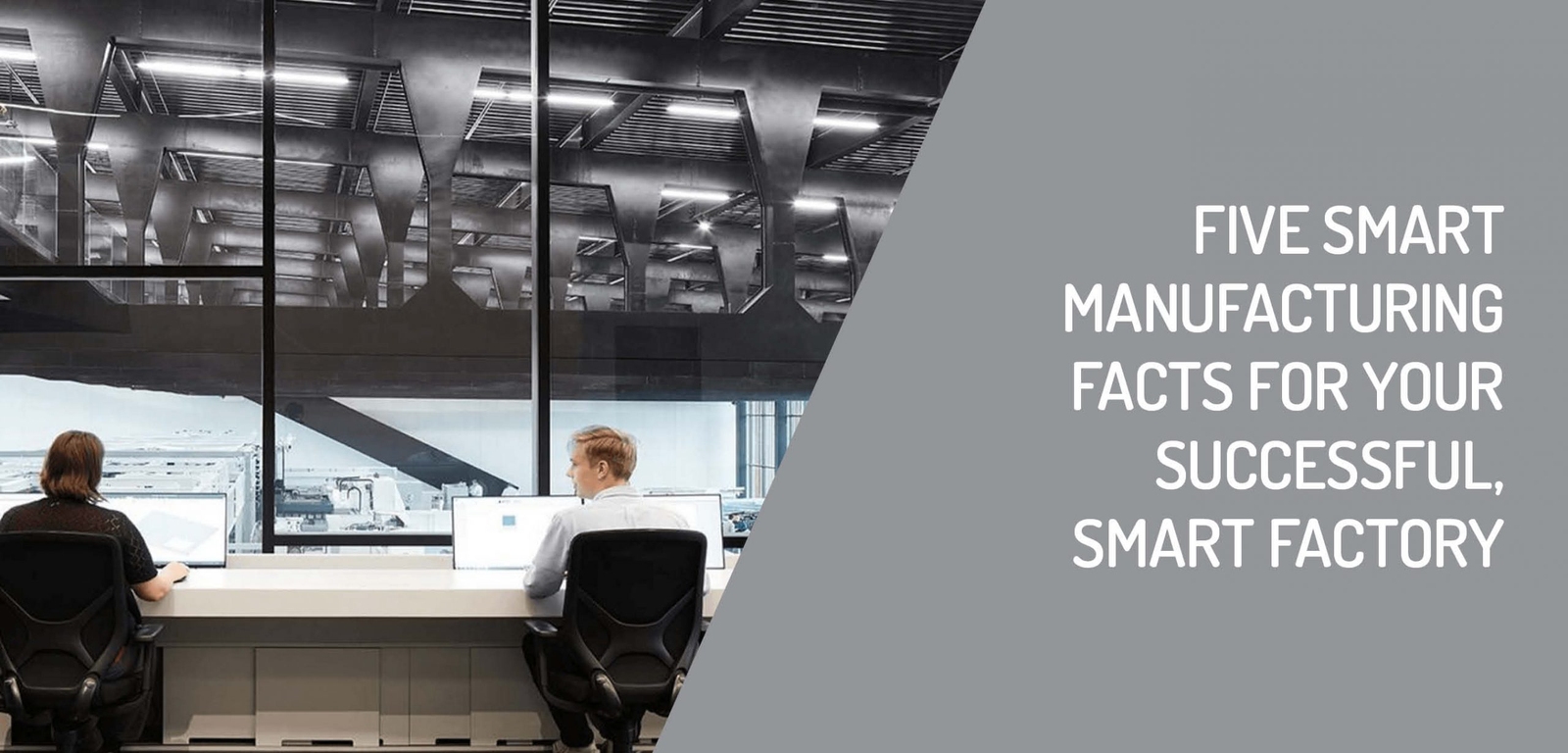Machine learning enhances procedures, reducing energy use and lead times.
M2M (machine-to-machine) communicating provides real-time data, reducing downtimes by performing predictive maintenance.
You can use simulation and virtual testing (known as a Collaborative Virtual Factory). This minimises cost and time of new product design and production.
You gather and understand large quantities of data sets via the three “Vs”. Velocity tells you the frequency of data acquisition. This can be simultaneous with previous data. Variety explains different types of data. And Volume displays the amount of data. Normally, you would only be able to react to orders received. Now you can predict demand and whether design changes are necessary.
Autonomous smart machines and advanced industrial robotics
- Direct communication with manufacturing systems.
- Co-assembly tasks with humans.
- Solve problems and make decisions without people.
- The machines access sensory input and various product configurations to complete tasks.
- AI means the machinery learns from its experiences.
- Reconfigure or repurpose the machines when necessary.
- You can then respond to design changes and innovation with speed.
The advancement of robotic cognitive aptitude has translated into further opportunities. “Cobots” are robots designed to work and collaborate with people.
Connectivity and smart manufacturing
With the Internet, manufacturers can increase and integrate data even further. Cloud technologies provide the access and configuration options. Servers, networks and storage applications can benefit smart factories. You can collect data broadcast from your machinery. And track metrics including the workflow and machine history. Manufacturing devices and networks can communicate together. Tablets and machine automation sensors are examples. Your machines can adjust procedures based on information gathering from these devices.
Safety and Efficiency
Reduce inefficiencies and hazards in your factory. You can create a safer workplace with smart manufacturing. Optimise efficiency with smart systems which involves researching data and clever automation.
This sort of automation can help reduce human mistakes. This also translates to less dangerous environments. Supervisors and training are also not as necessary.
One example:
Wi-Fi and Bluetooth accessible ‘staff cards,’ connecting to machines and cloud software. This could detail which machine the staff member is working on in real-time. You can set a target, work out if it’s a realistic goal and whether it’s inefficient, etc.
The following assists with safe production and physical demand on workers:
- Advanced HMI (Human-Machine interaction); and
- AR (augmented reality).
Industry 4.0
Industry 4.0 is about computerisation, cyber-physical systems and the Internet of Things. Smart, intelligent factories are:
- adaptable
- resource-efficient
- ergonomic; and
- integrative.
Examples:
Wireless connections, during product assembly and long-distance interacting.
Implementation
Execution involves total transparency and connectivity to business data. And access to information in real-time.
This includes integration and connectivity of:
- MES (manufacturing execution systems), and
- ERP (Enterprise Resource Planning).
Production life cycle and product life cycle will merge. This allows you to solve issues using very short, technical product life cycles.
Cyber-physical systems allow flexibility and a quick time to market.
This can include all the following:
- physical aspects such as sensor networks
- real-time processing and event management
- big data and provisioning
- embedded software for logic; and
- automated operations.
Statistics
Smart factories can decrease defective products by approximately 27.6%. They are faster for prototypes by approximately 7.1%. And lower production costs by approximately 29.2%.
3D printing
3D printing is best for rapid prototyping, design duplication, small production items, etc.
Customers can order a one-of-a-kind item without a huge cost increase.
